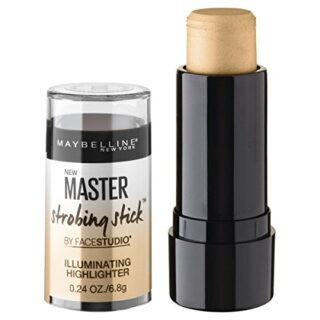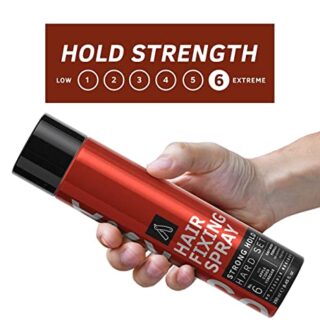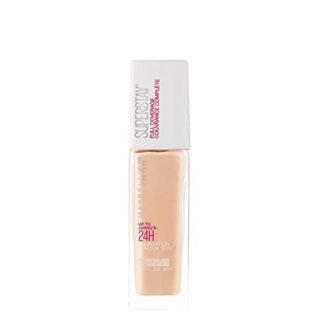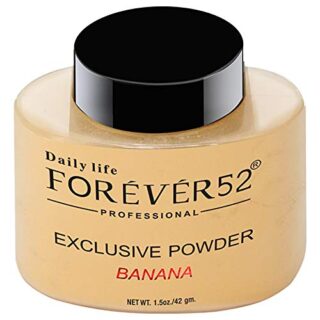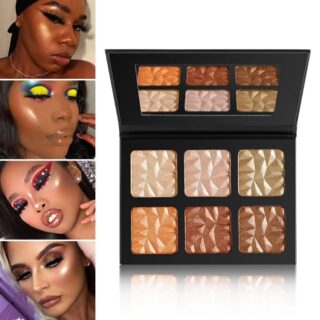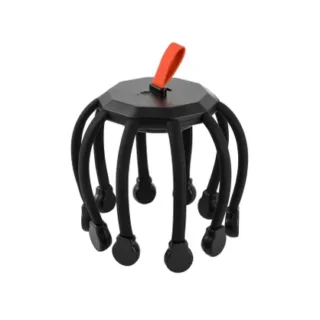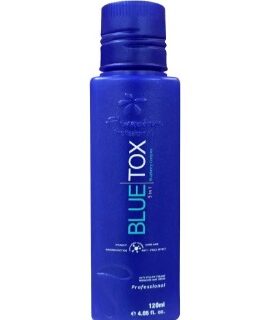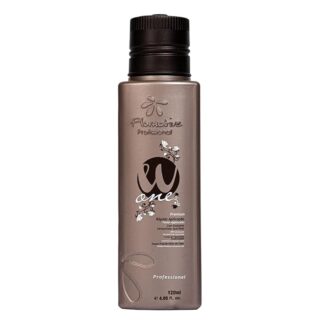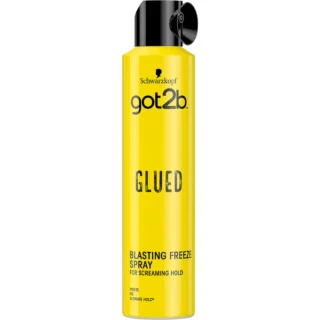Category: Beauty Blog
What is Nail Extension Art?
Nail extension process and design
Difference Between Hot Wax and Cold Wax?
Difference Between Hot Wax and Cold Wax, Wax application Process.
What is Derma and Supra?
Buy Kryolan Derma and Supra on white sugar beauty world onine
What is Contouring, Highlighting, and Bronzing?
Contouring, highlighting, and bronzing are makeup techniques commonly used to enhance facial features, create dimension, and achieve a desired look. See Images. Contouring: Contouring involves using makeup shades that are darker than your natural skin tone to create the illusion of shadows and depth. It is typically applied to areas you want to minimize or …
What is the Difference Between Kryolan Derma and Supra?
Difference between Kryolan Derma Color and Kryolan Supra Color Derma Camouflage Creme (DERMA COLOR) and Supra Color are the product of Kryolan Professional Makeup . Kryolan Cosmetics headquartered in Berlin, Germany. Basic difference between these two are their usage and application timing or season. Both Products come with different version and name in India. Kryolan …
What is the Difference Between Kryolan Derma and Supra?Read More
Use of Foundation in Makeup!
Foundation By Revlon Foundation is a base product in makeup that helps create an even and smooth complexion. How To Use Foundation? Check Here: Usage of Foundation is very important and play crucial role in every type of makeup. Applying foundation, it’s important to choose a shade that matches your skin tone. Here are few …
Career Options For Pro Makeup Artist [MUA]
As a professional Makeup Artist there are endless possibility lies ahead. The only need is to be updated and never leave the practices and learn & try new things in order to add new arrows to your quiver. Here are some areas identified by White Sugar Beauty world to help who wants to choose makeup …
How to Become a Professional Make-Up Artist (MUA)
To become a professional makeup artist (MUA), you’ll need to develop your skills, gain experience, and build a professional portfolio. Remember, becoming a professional makeup artist requires time, dedication, and perseverance. Here are some White Sugar Beauty World Suggestion steps to help you get started on your journey with White Sugar Beauty World-A Renown Academy …
